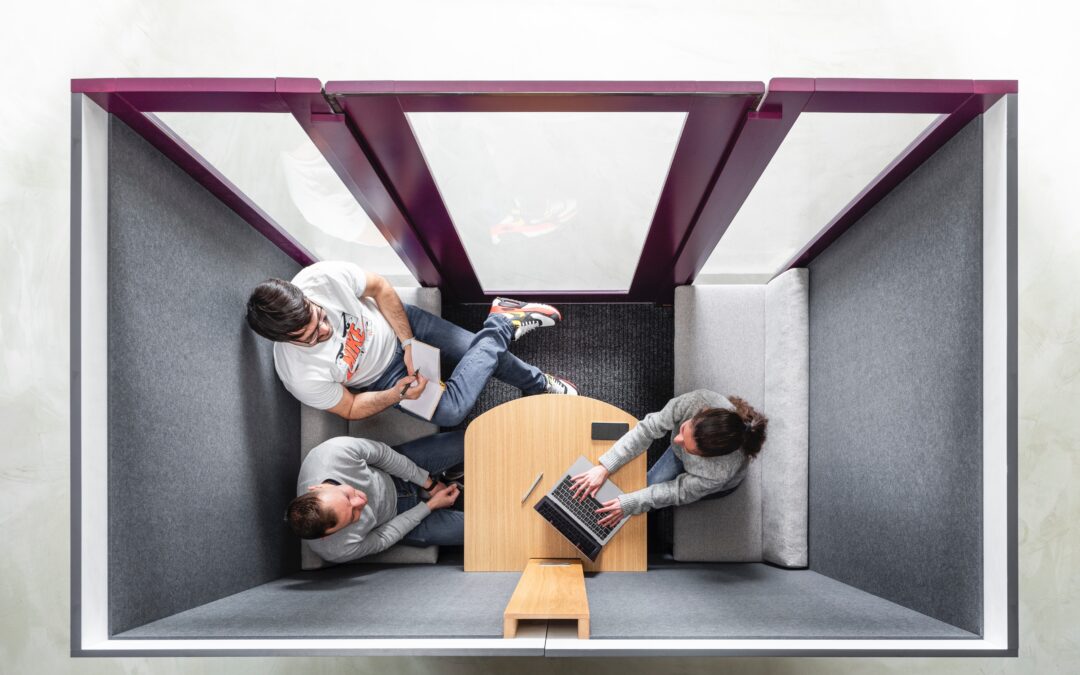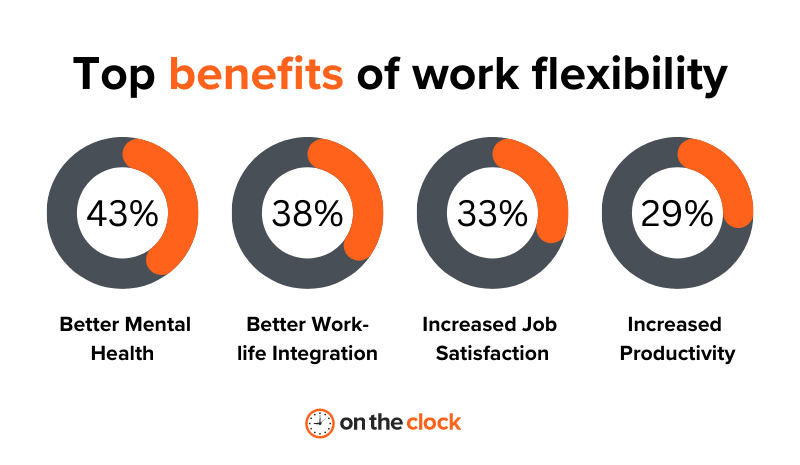If we flash back ten years, the vast majority of employees would be working directly from their offices. While some workers still have to work from their local site, more and more are being granted the ability to work from the comfort of their homes in lieu of flexible work policies.
Some countries are more advanced than others when it comes to flexible work. For example, all the way back in 1996, Finland passed the Working Hours Act. This act decreed that any worker could start or finish their working hours three hours earlier and later than the typical times. That means that if someone wanted to work 6-2 instead of 9-5 or even 12-8 instead of 9-5, they’d be well in their rights.
Other countries, like Portugal, Belgium, and Sweden, are also leading the charge when it comes to flexible work. Equally, countries like Japan, Iceland, and the United Kingdom are currently experimenting with 4-day work weeks to see how effective they can be in the long term.
In this article, we’ll dive into these changes, documenting exactly how businesses around the globe are adapting to this new, flexible world of work.
How are flexible work policies reshaping traditional work environments and practices?
What we consider the “traditional” work environment has gone through several evolutions over the past century. Think back only 30 years, and the majority of offices used a cubicle structure, thinking that this would decrease distractions and increase worker productivity. While there was an element of truth in this suggestion, it failed to account for the poor rates of worker satisfaction and increased sense of loneliness while at work.
Over the past few years, we’ve seen a new approach to the world of work, one that prioritizes open communication and collaboration above all else. A wonderful example of this is any major tech company, like Apple, Netflix, or Microsoft, which has invested breathtaking amounts in new office spaces where their employees can exist more freely.
For example, Apple has recently completed development on The Apple Park, a ring structure that uses natural ventilation, green office spaces, and clean energy to give the most positive working experience possible. This is just one example of companies that have changed their approach to working environments.
Of course, this new era of flexible working is another variation of this. Flexible working allows people to spend less time in the office, creating at-home offices that allow employees to reduce commuting time to zero, save time throughout the day, and work at their own pace without having to be at the office.
Since the pandemic, the movement toward flexible work has created a number of exciting changes in the workplace.
What is the global impact of flexible work on employee well-being?
Flexible work can have an incredible impact on employee well-being, helping workers to regain free time, improve work-life balance, and increase their productivity. One of the most commonly cited benefits of flexible work is that employees report improved mental health, as they no longer have to contend with office politics, coming face to face with coworkers they don’t like, and commuting.
The core motives for this improvement are directly tied to the ability of people to roll out of bed and instantly arrive at work. Flexible working conditions provide employees with more time during their days without the need to spend hours commuting to and from the office. Although it may seem like a small difference, even saving one hour a day can save a huge amount of time over the course of a year.
What’s more, the small time savings that this allows help employees to get more sleep, as they don’t have to wake up and get ready for work. Equally, employees can use their additional free time to exercise or engage in other activities that can improve their physical and mental well-being.
Finally, the ability to avoid commuting also allows employees to save money on petrol or public transport, which can improve their overall sentiment toward work as they’ll be taking home more after expenses each month.
Across the board, flexible work is repeatedly reported – by both employees and employers alike – as one of the most impactful changes that can be made for employee well-being.
How does flexible work drive success in the world of business?
The core motivator for the vast majority of businesses comes down to the profit and revenue benefits that they can expect from introducing a flexible work policy. Businesses are able to save money by reducing employee work absences, decreasing employee churn, and saving costs on real estate space.
Yet, another core segment of why businesses and employees are so enthused about the movement toward flexible work is the productivity benefits. According to research by the University of Griffith, a company they examined demonstrated nearly $30 million USD of annual revenue improvements due to labour.
Employees who are able to work from home are typically more motivated than those constrained to the office. Especially for employees who feel like they get their work done early and have to wait for the work shift to end, the ability to be at home can radically increase motivation.
What’s more, working from home allows employees to strike a more direct balance between work and life, as they can recuperate time that would have been spent commuting. Across the board, in terms of workplace productivity, employee happiness, and bottom-line success, flexible work pays off in dividends.
Final Thoughts
Flexible work is one of the major changes the world of work has experienced over the past few years. Considering how positively it impacts almost every aspect of working life, it’s no wonder that this trend has caught on so dramatically across the globe.
While not all countries are quite as advanced as Finland in terms of remote and flexible working, most countries are definitely moving that way. The next few years will be pivotal in changing how we relate to the workplace.


